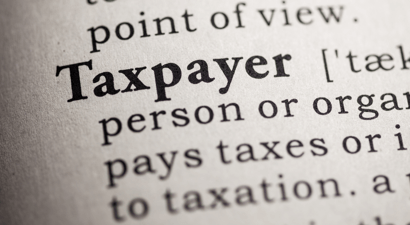The Assumption of Contingent Liabilities and the Sale of Business as a Going Concern
On 19 December 2016, SARS issued Interpretation Note 94 (“IN 94”) to provide taxpayers with some guidance on the tax treatment of contingent liabilities. IN94 focuses on the tax implications arising where the purchase price of assets acquired in the acquisition of an income earning enterprise as a going concern is settled or partly settled by the assumption by the purchaser of contingent liabilities of the business.
A sale of a business as a going concern is effectively a sale of all or part of the assets of a business which are needed in order to ensure that the business being sold is capable of separate operation and constitutes an income earning activity in its own right at the date of sale.
A contingent liability is essentially a liability that will only become unconditional should an uncertain future event occur or not occur. It is an obligation whose existence will be confirmed only by the occurrence or non-occurrence of one or more uncertain future events and, if confirmed, will result in expenditure being incurred to settle the confirmed obligation arising from the liability.
Before one embarks on the analysis of the tax impact of the assumption of a contingent liability, one should bear in mind that SARS’ initial step is to distinguish between two types of contingent liabilities namely:
An embedded contingent liabilities, which is inextricably linked to an asset and therefore reflected in the value of the asset, and
A free-standing contingent liability.
The tax treatment of the different types of contingent liabilities differs, hence it is important to determine the type of contingent liability that is assumed in every transaction.
IN94 deals with free standing contingent liabilities and the following example explains the tax treatment as set out in IN94.
Example
John Jackson owns and runs a successful sporting goods store. Adam Smith wishes to purchase John’s business as a going concern. The assets that will form part of the sale are as follows:
The property that the store is situated on R400 000
Stock of sporting goods R100 000
Computers R50 000
The purchase price is R550 000 and will be discharged as follows:
Cash of R450 000
Assuming the trade creditors in respect of trading stock R30 000
Assuming the estimated contingent warranty liability in respect of trading stock. R70 000
Implications for the Seller (John)
On the assumption of a free-standing contingent liability by Adam, John receives the benefit of being relieved of his obligation to settle the contingent liability i.e. warranty liability, if or when it materialises.
Accordingly, John must value this benefit. This value is then considered to be consideration in respect of the sale of the asset. In this example, the contingent liability is attributed to the trading stock, however it should be noted that the parties to a transaction would have to decide what asset the liability will be attributed. The value attached to the assumption of the contingent liabilities (R70 000.00) must therefore be considered in determining the income, proceeds or any recoupments in the hands of John in respect of the assets sold to which the contingent liability attaches i.e. the trading stock.
John, by the same token, will not be entitled to a deduction in respect of the contingent liability as the contingent liability cannot be seen as expenditure incurred by John. The expenditure relating to the contingent liability will only arise when the said liability materialises. For this reason, the contingent liability will not be realised in the hands of John. The mere fact that John accepted a lower cash consideration for the business will not entitle John to a deduction.
Implications for the Purchaser (Adam)
At the date of sale, as the contingent liability has not materialised, it follows that Adam will not incur any expenditure in respect of the assumption of the contingent liability. Only once the contingent liability becomes unconditional i.e. materialises, and Adam is required to incur expenditure in settling the liability, Adam will incur expenditure. The expenditure that Adam incurs at that point in time will relate to the asset for which the assumption of the contingent liability constituted consideration - in the example above, it will be trading stock. In this regard, it is the nature of the asset for which the assumption of the contingent liability constituted consideration that determines the availability of a deduction.
Considering the above, for a sale of business as a going concern, which includes the assumption of contingent liabilities, it is extremely important to clearly identify the asset to which the assumption of the contingent liability relates and the value of that contingent liability.





